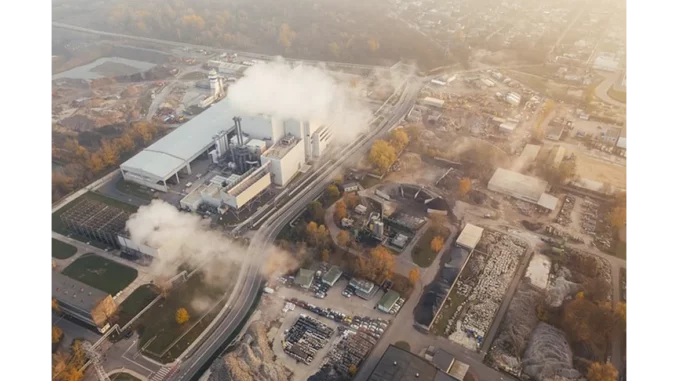
The Royal Institution of Chartered Surveyors (RICS) has unveiled the much-anticipated second edition of its Whole Life Carbon Assessment (WLCA) standard, marking a crucial advancement in the pursuit of a low-carbon built environment. Effective from July 2024, this updated standard builds on the foundation established by the inaugural edition in 2017, extending its application to encompass all buildings and infrastructure projects worldwide. Given that the built environment contributes significantly to global carbon emissions, the RICS WLCA second edition is set to play a pivotal role in combating climate change. It offers a comprehensive and cohesive methodology for quantifying and managing carbon impacts throughout the lifecycle of built assets.
Focus360 Energy: property compliance services – pre-planning to post-construction. Learn more.
The latest edition of the WLCA standard is crafted to ensure consistency and reliability in carbon measurement practices while promoting forward-thinking strategies such as reuse, recycling, and redevelopment. It introduces several key enhancements, including a more detailed breakdown of lifecycle stages, new classifications for infrastructure projects, a data quality methodology, and updated reporting templates. These improvements are designed to address previously ambiguous areas, such as Mechanical, Electrical, and Plumbing (MEP) systems, decarbonisation, renewable energy, and carbonation. A standout feature of this edition is its global applicability, a significant expansion from its predecessor, which was primarily focused on the UK’s built environment. This worldwide reach is essential for fostering a unified approach to carbon measurement and management, aligning the Architecture, Engineering, and Construction (AEC) sector with international sustainability commitments, such as the Paris Agreement.
Whole Life Carbon (WLC) refers to the total carbon emissions associated with a building or infrastructure project throughout its lifecycle, encompassing operational, embodied, and user carbon. Operational carbon pertains to emissions resulting from the building’s daily use, such as energy and water consumption. Embodied carbon includes emissions from the production and installation of building materials, as well as maintenance and eventual disposal. User carbon, meanwhile, relates to emissions from activities associated with the building’s use, such as commuting. The RICS WLCA second edition provides a structured approach for evaluating these dimensions, segmenting the asset lifecycle into various stages and modules per internationally recognised standards. This modular framework enables a granular comparison, facilitating more effective carbon management throughout different project phases.
A fundamental principle of the RICS WLCA second edition is the emphasis on initiating Whole Life Carbon Assessments at the concept design phase. Conducting early-stage carbon assessments establishes a baseline for carbon impact and highlights opportunities for carbon reduction while there is still substantial scope to influence decisions. As projects advance, the potential for reducing carbon diminishes, and the costs of implementation may increase. Therefore, integrating WLCAs into the decision-making framework from the initial design stages through to construction and post-completion is essential. This proactive approach not only aids in tracking performance against the original carbon emission baseline but also ensures that the proposed asset is constructed as designed, without unforeseen changes affecting carbon impacts. By adopting a sequential approach to WLCAs, stakeholders can make data-driven decisions that substantially reduce the carbon footprint of built assets.
The release of the RICS WLCA second edition represents more than just an academic exercise; it is a significant step towards realising a low-carbon built environment. By offering a standardised and reliable methodology for carbon assessment, this edition empowers AEC sector professionals to make informed decisions that significantly mitigate the carbon footprint of built assets. The standard’s global applicability amplifies its impact, fostering a unified approach to carbon measurement and management across various geographical regions. The responsibility now lies with professionals within the AEC sector to actively adopt and adhere to this standard, guiding the global community towards a sustainable, Net Zero future. As the industry embraces this transformative standard, it will undoubtedly catalyse innovative solutions and practices that drive meaningful carbon reduction across the built environment.


Be the first to comment